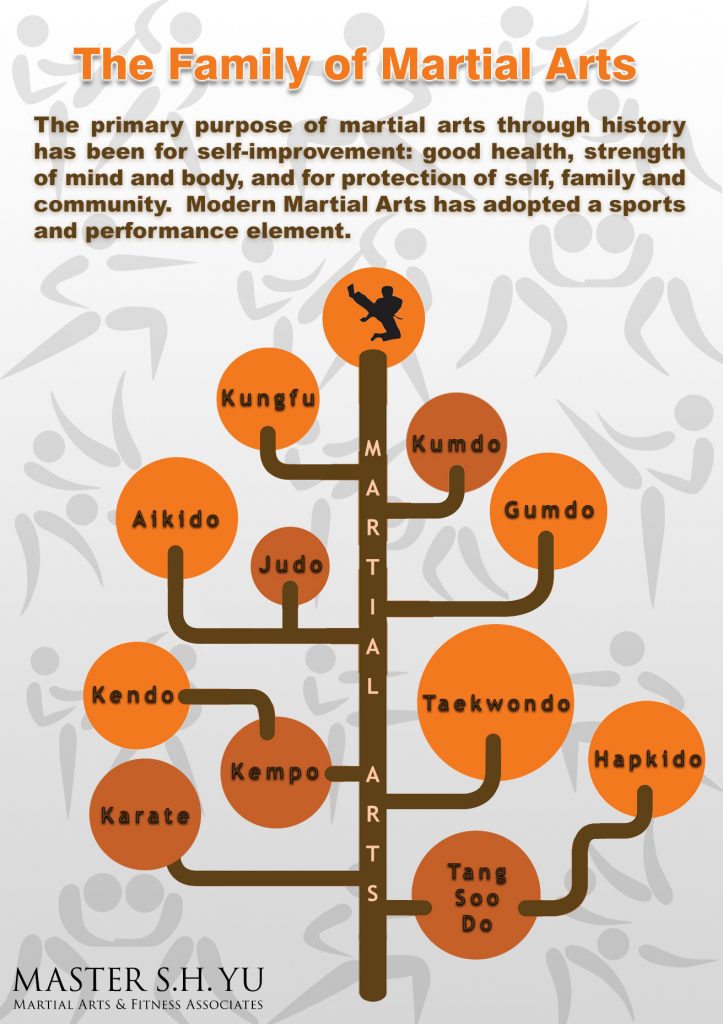The Advancement And Historical Context Of Martial Arts Worldwide
The Advancement And Historical Context Of Martial Arts Worldwide
Blog Article
Created By-Hess Workman
Martial arts have an interesting history that spans centuries and continents. You may locate it appealing just how ancient practices like Shuai Jiao and Kalaripayattu prepared for modern-day fight strategies. These disciplines not only stress physical skills however also reflect the cultures that birthed them. As you discover their development, take into consideration how globalization has changed these typical kinds into hybrid styles. What impacts do you think have formed today's martial arts landscape?
Ancient Martial arts: The Structures of Fight
As you look into the world of old martial arts, you'll uncover the rich structures that formed battle methods throughout cultures. Very early practices focused on Self-Defense and survival, typically incorporating strikes, grappling, and weapons.
In old China, for example, techniques like Shuai Jiao emphasized throws and joint locks, while India's Kalaripayattu showcased dexterity and fluid movement. Japanese samurai developed Kenjutsu, a polished swordsmanship that highlighted discipline and technique.
These martial arts served not just for battle but additionally as a means of individual development, instilling worths like respect and determination. The mixing of these techniques gradually prepared for the diverse martial arts you see today, each showing the distinct ideologies and demands of its society.
The Cultural Influence on Martial Arts Advancement
While martial arts usually reflect the functional demands of a culture, they likewise embody the social worths and beliefs of their origins. When you check out different martial arts, you'll discover exactly how they're influenced by religious beliefs, philosophy, and social norms.
For example, the focus on respect and discipline in Japanese martial arts stems from Zen Buddhism and samurai society. On the other hand, Brazilian Jiu-Jitsu advertises adaptability and approach, formed by the demand for effectiveness in a varied, modern atmosphere.
You could discover that the routines, uniforms, and training approaches show a neighborhood's history and identification. By recognizing these social impacts, you grow your recognition of martial arts and their duty fit human experiences around the world.
Modern Adaptations and the Globalization of Martial arts
Martial arts have actually transformed considerably in current decades, adapting to modern culture and global impacts. You'll discover that traditional types have combined with modern techniques, creating hybrid styles like mixed martial arts. does donnie yens kids train in martial arts satisfy diverse target markets, making martial arts accessible and enticing globally.
With https://www.wdrb.com/news/louisville-martial-arts-academy-focuses-on-teaching-kids-life-skills/article_3c5a05b8-1d7d-11ec-99c3-1f8e99cba5a9.html of social networks and digital systems, you can locate tutorials and competitions from all corners of the world, breaking geographical obstacles. This globalization has brought about a shared appreciation for various disciplines, from Brazilian Jiu-Jitsu to Taekwondo.
As you engage with these arts, you'll realize they're not just about combat; they promote fitness, self-control, and psychological well-being.
Eventually, modern-day adaptations have enhanced the martial arts landscape, making it a dynamic and progressing technique.
Final thought
In exploring the history and evolution of martial arts, you reveal a fascinating mix of methods, cultures, and ideologies. From youth mixed martial arts near me like Shuai Jiao and Kalaripayattu to the modern-day versatility seen in mixed martial arts, martial arts mirror humankind's mission for Self-Defense and personal development. As you engage with these techniques, you not just gain abilities yet also a much deeper admiration for the varied customs that form our world today. So, proceed your journey and welcome the art of fight!
